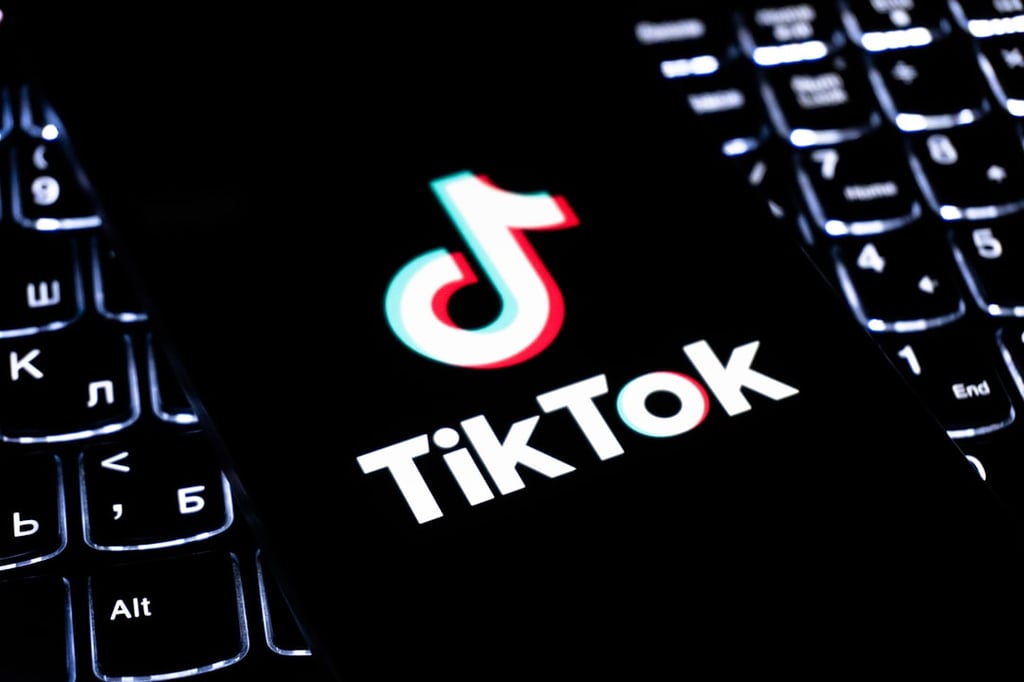Datamation content and product recommendations are
editorially independent. We may make money when you click on links
to our partners.
Learn More
The use of smartphone-based applications in the enterprise could explode in the coming years, creating a number of headaches for data center staff.
That’s because these applications and their data need managing and backing up from the data center, and phone-related security, network hygiene and compliance issues must also be addressed. “Once you have smartphones running enterprise apps, you need to have the same rules in place as for laptops,” said Ken Dulaney, a Gartner VP Distinguished Analyst.
Of course, smartphones and smartphone applications are not new. But despite what the hardware and OS makers would have you believe, phone-based enterprise applications are not widely deployed. “The reason that many companies don’t have a management system for their mobile phones at the moment is that 90 percent of all usage is e-mail only,” said Dulaney. “It’s not until you get applications that reside locally that you a management system — you don’t need one just for e-mail.”
Dulaney believes, however, that during the next five years, smartphone-based enterprise applications will become much more common, and at some point a management tool of one form or another will become unavoidable for most businesses. The three things IT departments must consider when smartphones are running enterprise applications are:
- Operational Continuity: Once employees rely on the applications on their phones, it becomes essential that they work all the time. This means controlling the phone’s firmware and the other applications that run on it to ensure reliability.
- Reducing Help Desk Costs: The ability to take control of phones remotely or push files (and any other assistance necessary) can be extremely helpful.
- Security and Compliance: This includes backups to ensure data can’t be lost, and encryption or remote device wiping to protect data when a device is stolen or misplaced. It may also include communications controls, such as archiving SMS messages or preventing them altogether.
Companies becoming active in this space with management tools include Sybase with iAnywhere (for Windows Mobile, BlackBerry, Palm OS and Symbian), Logmein (for Windows Mobile, Symbian and BlackBerry shortly), and Microsoft with its Mobile Device Manager 2008 module, which is part of its System Center family of management products for devices running Windows Mobile 6.1.
The System Center module is arguably the most comprehensive. It includes:
- Active Directory/Group Policy domain join
- Mobile VPN with dual-factor authenticated access
- Application allow and deny
- SMS, Bluetooth and camera disablement with Active Directory Group Policy-based targeting
- Over the air device provisioning and software deployment
- Device inventory and reporting
- Help desk console and role-based administration
- Device wipe
Choosing Which Smartphones to Support
Deciding which management tools to use depends to an extent on the smartphone platform (or platforms) deployed in your organization. Currently, many enterprise employees use Symbian-based Nokia phones as well as the ever-popular RIM BlackBerry or Windows Mobile powered smartphones, but two possible rivals are emerging in the shape of Apple’s iPhone and Google’s open source Android OS.
An open source operating system like Android provides big benefits to handset manufacturers and network operators in terms of lower costs, faster time to market, and the ability to differentiate their products, Delaney said. But, he points out, this differentiation is just what enterprises want to avoid: Management from the data center is much easier if phones and their operating systems are standardized. The implication of this is that Android is unlikely to be a big hit in the enterprise space.
But on the face of it Apple’s iPhone should be an ideal enterprise device since the OS is locked down and available only on a limited range of Apple hardware. Yet, it too has its drawbacks, Delaney says. “Apple meets the criteria of hardware and software, but they are not willing to put in the highest level of security.”
And, at the moment at least, the only way to activate an iPhone, to get applications on to it and to update firmware is by using iTunes. For a consumer this is fine, but in an enterprise this makes it very hard to control the iPhone centrally, to push applications to it and to ensure that all phones are running the same version of firmware. Essentially, it makes any management system impractical.
It’s possibleApple will rectify this problem in the future and allow more central management capabilities, and for the moment the iPhone Configuration Utility lets administrators distribute configuration files to users by way of a web browser. Apple describes configuration profiles as “XML files that contain device security policies, VPN configuration information, Wi-Fi settings, APN settings, Exchange account settings, mail settings and certificates that permit iPhone and iPod touch to work with your enterprise systems.”
Certainly a start, but is it enough?
Anti-virus software for mobile phones has been around for years, but the suspicion has always been that it is necessary only in the eyes of the vendors looking to make some money. That’s likely to change as smartphones become more complex and a more fundamental part of most organizations’ IT infrastructure. Network admission control (NAC) systems may then also have to be updated to check these phones for the presence of this anti-virus software, and to ensure patches and updates have been applied before allowing the devices on to the corporate network.
During the past five years or so, many employees have been given quite a free reign over what phone they want to use, and what they do with it. Once enterprise applications start appearing more frequently on smartphones it’s likely IT departments will have to standardize on a single platform, and these devices will have to be actively managed using sophisticated data center-based tools. And that can only mean one thing: More work for data center staff.
This article was first published on ServerWatch.com.
-
Ethics and Artificial Intelligence: Driving Greater Equality
FEATURE | By James Maguire,
December 16, 2020
-
AI vs. Machine Learning vs. Deep Learning
FEATURE | By Cynthia Harvey,
December 11, 2020
-
Huawei’s AI Update: Things Are Moving Faster Than We Think
FEATURE | By Rob Enderle,
December 04, 2020
-
Keeping Machine Learning Algorithms Honest in the ‘Ethics-First’ Era
ARTIFICIAL INTELLIGENCE | By Guest Author,
November 18, 2020
-
Key Trends in Chatbots and RPA
FEATURE | By Guest Author,
November 10, 2020
-
Top 10 AIOps Companies
FEATURE | By Samuel Greengard,
November 05, 2020
-
What is Text Analysis?
ARTIFICIAL INTELLIGENCE | By Guest Author,
November 02, 2020
-
How Intel’s Work With Autonomous Cars Could Redefine General Purpose AI
ARTIFICIAL INTELLIGENCE | By Rob Enderle,
October 29, 2020
-
Dell Technologies World: Weaving Together Human And Machine Interaction For AI And Robotics
ARTIFICIAL INTELLIGENCE | By Rob Enderle,
October 23, 2020
-
The Super Moderator, or How IBM Project Debater Could Save Social Media
FEATURE | By Rob Enderle,
October 16, 2020
-
Top 10 Chatbot Platforms
FEATURE | By Cynthia Harvey,
October 07, 2020
-
Finding a Career Path in AI
ARTIFICIAL INTELLIGENCE | By Guest Author,
October 05, 2020
-
CIOs Discuss the Promise of AI and Data Science
FEATURE | By Guest Author,
September 25, 2020
-
Microsoft Is Building An AI Product That Could Predict The Future
FEATURE | By Rob Enderle,
September 25, 2020
-
Top 10 Machine Learning Companies 2021
FEATURE | By Cynthia Harvey,
September 22, 2020
-
NVIDIA and ARM: Massively Changing The AI Landscape
ARTIFICIAL INTELLIGENCE | By Rob Enderle,
September 18, 2020
-
Continuous Intelligence: Expert Discussion [Video and Podcast]
ARTIFICIAL INTELLIGENCE | By James Maguire,
September 14, 2020
-
Artificial Intelligence: Governance and Ethics [Video]
ARTIFICIAL INTELLIGENCE | By James Maguire,
September 13, 2020
-
IBM Watson At The US Open: Showcasing The Power Of A Mature Enterprise-Class AI
FEATURE | By Rob Enderle,
September 11, 2020
-
Artificial Intelligence: Perception vs. Reality
FEATURE | By James Maguire,
September 09, 2020
SEE ALL
ARTICLES









